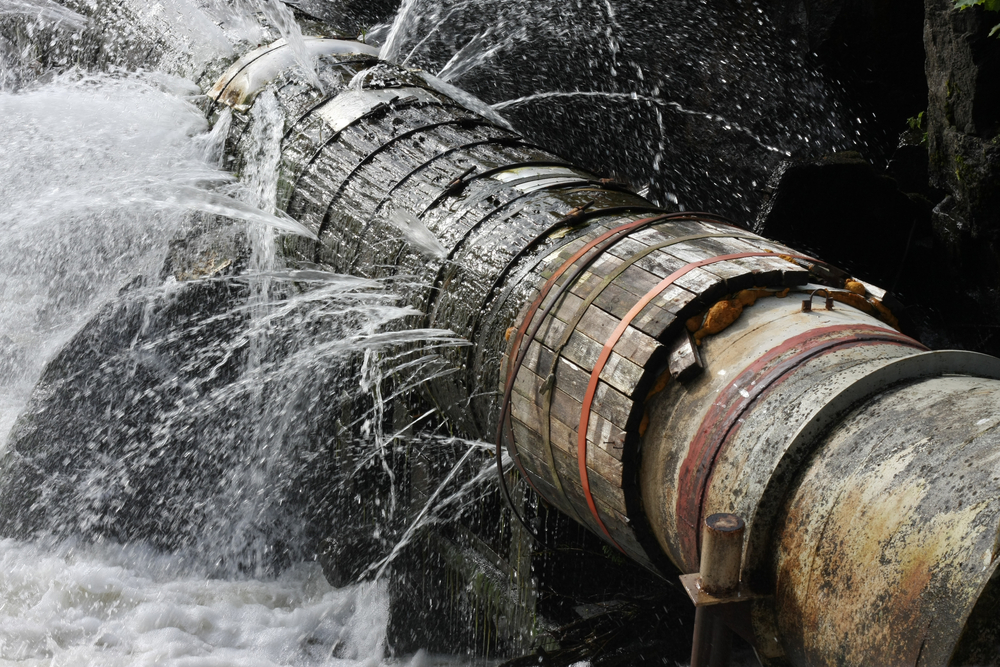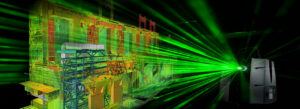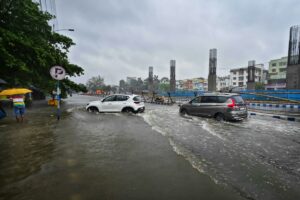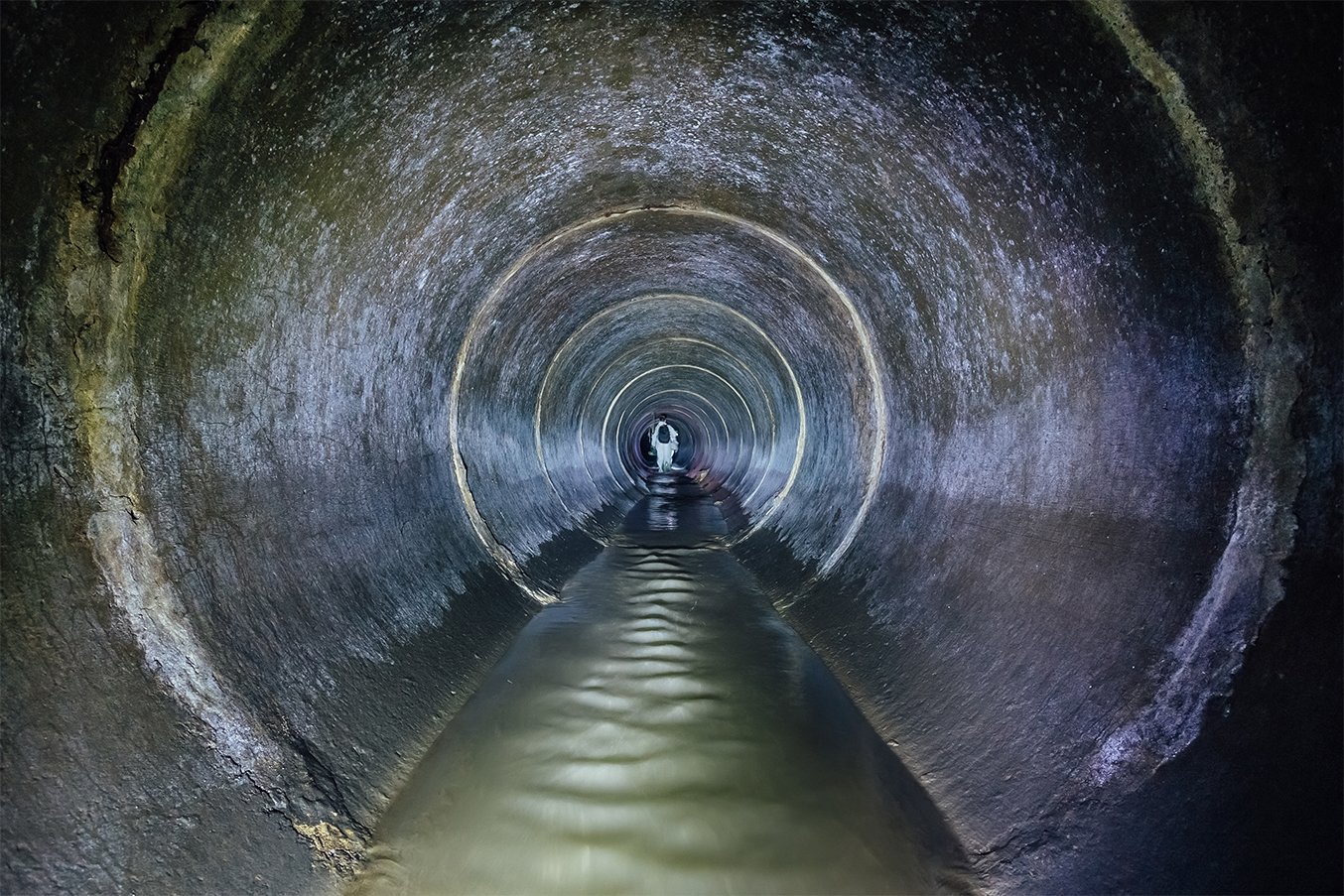Water seepage can lead to significant structural damage and costly repairs if not addressed promptly. Common causes include cracks in external walls, honeycomb concrete, defective sealants around windows, and faulty waterproofing membranes on roofs and drainage pipes. To effectively diagnose and manage these issues, various advanced technologies are employed. Below, we explore some of the most effective methods for detecting water seepage and their benefits.
Hydrogen Gas Tracing Survey
The Hydrogen Gas Tracing System is effective for locating leaks in various types of water pipes, utilizing hydrogen detection to identify even the smallest leaks. Some of the benefits of this approach include:
- Versatile Application: Detect leaks in both in-service and vacant pipes.
- Enhanced Sensitivity: Utilize two sensors for swift detection and safe identification of hydrogen concentrations.
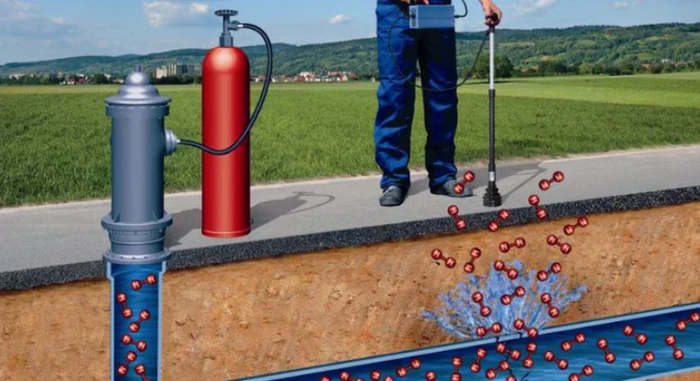
Ground Probing Radar Survey for Moisture Levels
Our experience with Ground Probing Radar has led to advancements in leakage detection. This method utilizes changes in radar propagation velocity to assess soil saturation caused by leaks, providing valuable data for difficult-to-locate leak cases.
Infrared Thermography Survey
Infrared thermographic technology is a powerful solution for diagnosing water seepage problems. This method captures images that represent surface temperatures, known as thermograms, using infrared radiation emitted from the surface of an object. Some of the benefits of this approach include:
- Quick and Accurate Location: Identify water-damaged roof areas swiftly.
- Quality Assurance: Ensure the integrity of new or retrofitted systems.
- Cost Savings: Avoid unnecessary replacement of intact roof sections.
- Early Problem Detection: Identify issues before they escalate into costly repairs.
- Extended Roof Lifespan: Help prolong the life of existing roofing systems.
- Documentation: Record issues before warranties expire.
- Budget Planning: Provide factual data for accurate budgeting.
- Legal Evidence: Offer scientifically recognized proof for potential legal actions related to water seepage.
- Non-Destructive Evaluation: Assess thermal and building conditions without causing damage.
Microwave Moisture Tomography Survey
The Microwave Moisture Tomography Survey provides non-destructive moisture measurements across various building materials, making it an invaluable tool in moisture detection. Some of the benefits of this approach include:
- Versatile Material Types: Effective on wood, brickwork, and other building materials.
- Non-Destructive: Preserves the integrity of structures during assessment.
- Fast Scanning: Quickly assess moisture depth and distribution.
- Real-Time Analysis: Generate contour maps for immediate analysis on a PC.
- Depth Penetration: Accurately measure moisture from 3 cm to 80 cm deep.
- Source Tracing: Facilitate tracing the source of moisture issues.

Digital Leak Noise Correlation Survey
This innovative correlation technique is one of the most cost-effective methods for locating underground leaks, capable of isolating leak noise from background sounds. Some of the benefits of this approach include:
- Global Proven Performance: Effectively used worldwide across various pipe types.
- Accurate Pinpointing: Precisely identify underground fluid leaks before excavation.
Digital Ground Microphone Survey
Utilizing advanced sensors, the Digital Ground Microphone Survey incorporates low-noise processing electronics, ensuring excellent acoustic performance across a wide frequency range. Some of the benefits of this approach include:
- High Acoustic Sensitivity: Detect subtle leak noises effectively.
- Diverse Options: Choose from acoustic probes, ground microphones, and combined systems.
- Wind-Noise Isolation: Minimize interference for clearer readings.
- User-Friendly: Designed for simplicity and ease of use.
Digital Leak Noise Logging Survey
This method involves setting up a noise logging network on hydrants and valves to monitor flow overnight, providing rapid identification of leaks. Some of the benefits of this approach include:
- Overnight Identification: Quickly locate leaks without requiring staff to work night shifts.
- Extensive Coverage: Efficiently survey large areas.
- Intelligent Loggers: Instant on-site indications of leakage with advanced analysis software.
Pressure Monitoring Survey
By implementing telemetry data loggers on street hydrants and flow meters, we can continuously monitor pressure and flow. Some of the benefits of this approach include:
- Simple Installation: Easy to set up without disrupting operations.
- Real-Time Data Access: Obtain current data from anywhere at any time.
- Alarm Systems: Receive daily and window alarms to monitor conditions.
- Cost Control: Effectively manage operational expenses.
